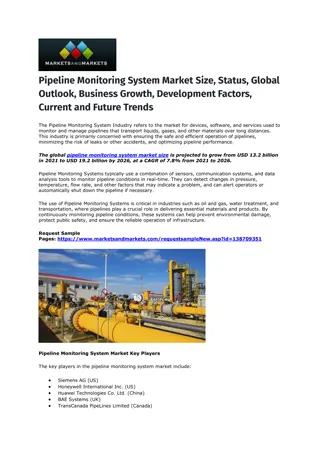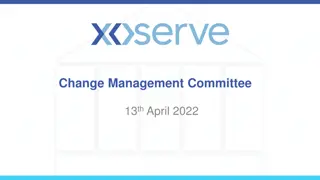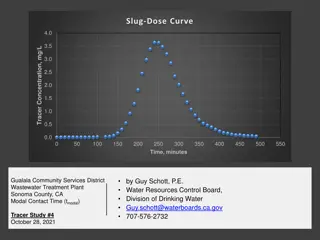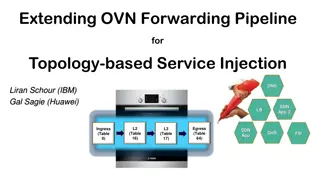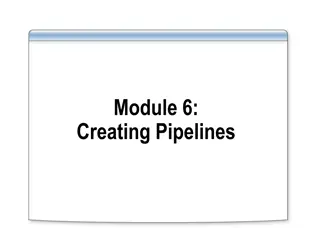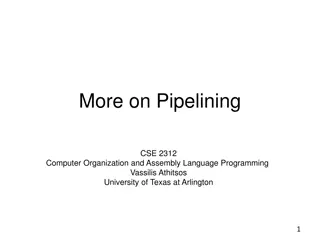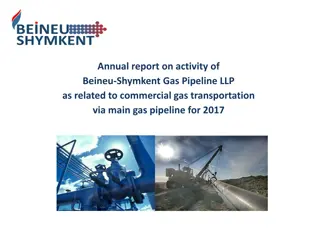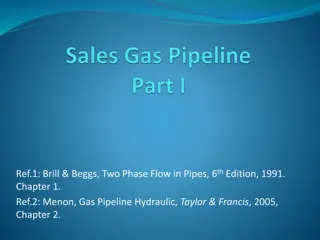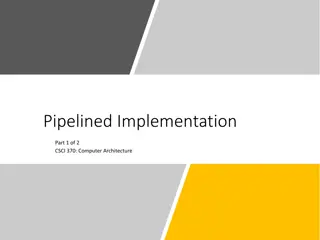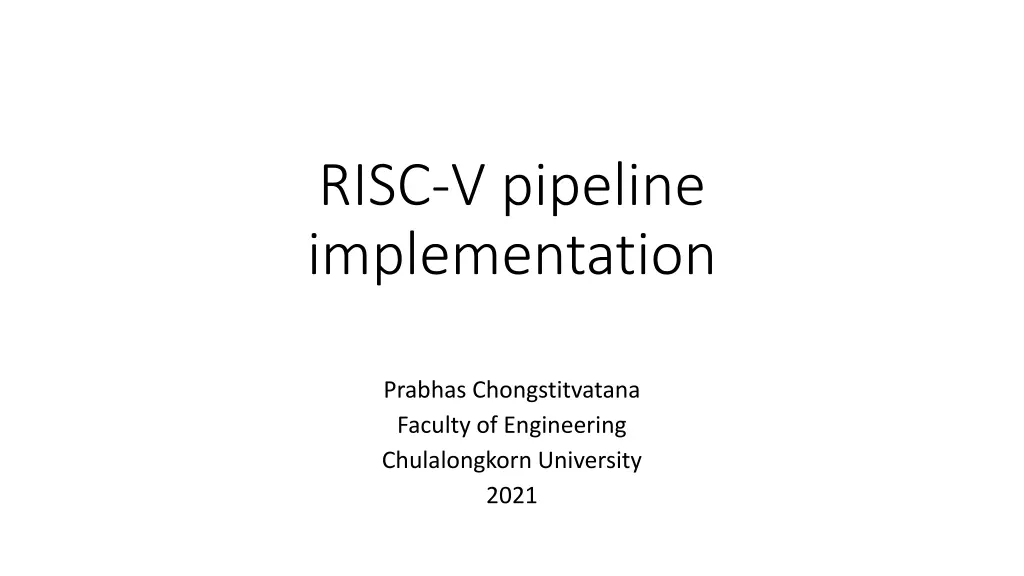
Understanding RISC-V Pipeline Implementation in 2021
Explore the intricate details of RISC-V pipeline implementation in 2021 at Chulalongkorn University. Discover how pipeline stages enhance instruction throughput, manage hazards, and improve overall performance. Witness the execution of instructions through the five stages, including decoding, execution, memory access, and writeback. Dive into the nuances of data dependency, data forwarding, branch prediction, and pipeline registers, all crucial aspects of efficient processor design.
Uploaded on | 3 Views
Download Presentation

Please find below an Image/Link to download the presentation.
The content on the website is provided AS IS for your information and personal use only. It may not be sold, licensed, or shared on other websites without obtaining consent from the author. If you encounter any issues during the download, it is possible that the publisher has removed the file from their server.
You are allowed to download the files provided on this website for personal or commercial use, subject to the condition that they are used lawfully. All files are the property of their respective owners.
The content on the website is provided AS IS for your information and personal use only. It may not be sold, licensed, or shared on other websites without obtaining consent from the author.
E N D
Presentation Transcript
RISC-V pipeline implementation Prabhas Chongstitvatana Faculty of Engineering Chulalongkorn University 2021
Big picture Pipeline improves instruction throughput, not instruction latency. Hazard (that delay the pipeline) data harzard occurs by data dependency solve by data forwarding control harzard occurs by branch instruction solve by branch prediction
Five stages pipeline RISC-V divide into five stages pipeline the blue line in data going "backward" in time (w.r.t pipeline)
Each stage has two "phases". First phase is when register is being written to. Second phase is when register is read. ALU is used all the time in execution stage. Data memory is written to in the first phase by "ld" instruction. At write back stage, register is written to in the first phase.
Between pipeline stages there are "pipeline register" to decoupling the signals between stages. Pipeline register connect the wires from left side to right side when appropriate control signals are asserted.
Show execution of "ld" instruction through five stages: instruction fetch, decode, execute, memory, writeback RISC-V pipeline implementation Prabhas Chongstivatana Faculty of Engineering Chulalongkorn university 2021
additional path (register number) is required in "ld" writeback action to specify which register to be written. (blue lines)
pipeline executing 5 instructions (note that there is no data depency nor branch) ld x10, 40(x1) sub x11, x2, x3 add x12, x3, x4 ld x13, 48(x1) add x14, x5, x6
Pipeline Control control signals (from simple RISC-V)
Supplementary lecture Data Forwarding in Pipeline
When and where to forward forwarding case 1 (forwardA) forwarding case 2 (forwardB) forwarding case 3 (register write and read in the same cycle) forwarding case 4 no need to act


